Unlock the Magic in Your Story Now
Get the Free 20 questions to Ask Before Launching Your Idea workbook when you sign up for occasional updates.
Get the Free 20 questions to Ask Before Launching Your Idea workbook when you sign up for occasional updates.
Articles filed in: Strategy
Acts Of Marketing
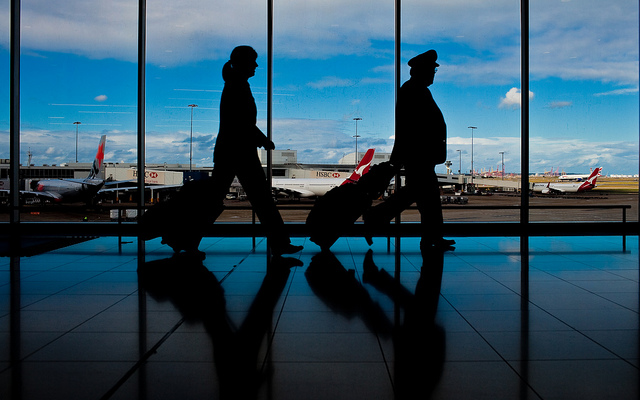 The tight-lipped cabin crew wearing crumpled uniforms pass out miniature bags of pretzels to the passengers—the only snack included in the ticket price of the five-hour flight. On the world’s largest airline everything that would make the journey more pleasant is extra. Profit margins trump empathy and generosity at every turn, and it shows—even in the posture of the staff who should be proud to work for the company.
The tight-lipped cabin crew wearing crumpled uniforms pass out miniature bags of pretzels to the passengers—the only snack included in the ticket price of the five-hour flight. On the world’s largest airline everything that would make the journey more pleasant is extra. Profit margins trump empathy and generosity at every turn, and it shows—even in the posture of the staff who should be proud to work for the company.
It’s no surprise then that it doesn’t feature in the list of the Top 100 Airlines.
Contrast that to the smartly dressed Qantas team who set the stage by welcoming every passenger on board by name. Hot meals served with smiles, pillows, blankets, headsets and entertainment help every passenger to feel understood and valued regardless of where they are seated in the cabin.
Every day and in every moment we get to choose whether to deliver the minimum required or whether to delight. And those choices and resulting actions are acts of marketing that say more about our brand than any press release or piece of propaganda ever can.
Image by Dr Lam.
The Purpose Of Design Features
 In business, we use design to differentiate ourselves in a number of ways. Design features are primarily seen as a way to attract customers and to help them decide if our product is for them. In a digital world, design is one of the best tools we have to build trust with customers we many never meet face-to-face.
In business, we use design to differentiate ourselves in a number of ways. Design features are primarily seen as a way to attract customers and to help them decide if our product is for them. In a digital world, design is one of the best tools we have to build trust with customers we many never meet face-to-face.
But in our rush to simply stand out, we often overlook the opportunity design affords us to create deeper connections with prospective customers. Thoughtful design can show people what we stand for and what we value. When we get it right it makes them glad they chose our brand and gives them a reason to share it.
When more purchasing decisions are made online, it gets harder to justify design decisions that cost more. After all the customer is not holding the box, bag or book in their hand before they click ‘buy’. If we’ve already sold them, there’s no need to sustain the effort or increase the expense. And yet when we do it changes everything.
The quality of the packing, the weight of the paper, the colour of ink and type of materials we use—every one of these choices communicates our intention to the customer and gives him a story to tell. Design isn’t just about outward appearances and conversions in the moment. It’s a way to engage more deeply with customers in a world where there are fewer and fewer opportunities to do so and how we create great experiences that are talked about long after the purchase is made. Thoughtful design allows customers to become advocates who are delighted to pass our story or idea along and it’s often the smartest and most effective marketing investment we can make.
Image by Merlijn Hoek.
It’s Not B2B, It’s Personal
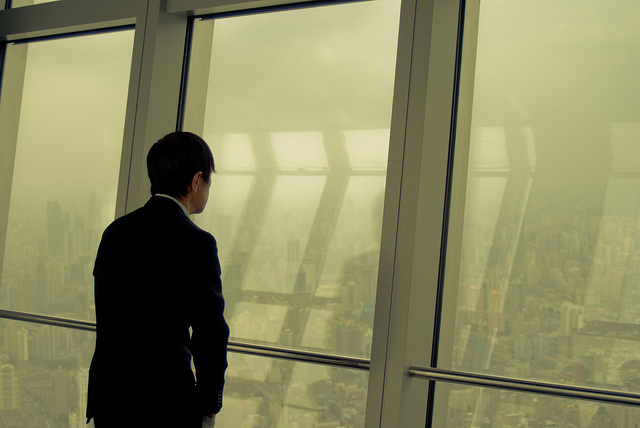 One of the most confusing distinctions we’ve created in the business world is that between the business to customer (B2C) and business to business (B2B) consumer. It’s argued that because these two groups of customers are working towards different outcomes—efficiency vs. entertainment, expertise vs. enjoyment, that they also have different motivations.
One of the most confusing distinctions we’ve created in the business world is that between the business to customer (B2C) and business to business (B2B) consumer. It’s argued that because these two groups of customers are working towards different outcomes—efficiency vs. entertainment, expertise vs. enjoyment, that they also have different motivations.
The B2B consumer is expected to make decisions based on logic, while the B2C customer is thought to be driven by emotions. The result is that we often forget to treat the business customer with empathy and the retail customer with respect.
The people we hope to serve are not just defined by the title that’s printed on their business cards. CEO’s and Vice Presidents have just as many problems and fears, hopes and dreams as the next person. A corner office doesn’t strip someone of their humanity. Our marketing shouldn’t be designed to do that either.
Image by Chris Marchant.
Persuasion, Push And Pull
 You’ve probably witnessed a mother trying to hurry her toddler along with a gentle sense of urgency. “Come on now Joe. Quickly.” she says.
You’ve probably witnessed a mother trying to hurry her toddler along with a gentle sense of urgency. “Come on now Joe. Quickly.” she says.
The toddler immediately senses what’s important to his mum, but not necessarily to him and begins to walk more slowly. Mum’s urgency escalates and eventually her coaxing turns into a desperate, angry directive. “MOVE IT!” she yells.
The best outcomes happen when the goals of both parties are aligned. Persuasion doesn’t have to be all push and pull. We get to where we want to go faster by pulling in the same direction, so it pays to understand where and how fast the people you’re trying to influence want to go.
Image by Melanie.
The Quiet Marketing Opportunity
 It was 6am on a wet and windy Melbourne morning. The two tourists wandered out of their hotel on Exhibition Street, each armed with a giant red golf umbrella plastered with the hotel’s equally giant logo.
It was 6am on a wet and windy Melbourne morning. The two tourists wandered out of their hotel on Exhibition Street, each armed with a giant red golf umbrella plastered with the hotel’s equally giant logo.
At first glance, you might think how thoughtful it is that the hotel anticipates the traveller’s needs. How much more genuine and generous would this gesture be if the guest wasn’t forced to become a conspicuous walking billboard for the business?
We don’t have to turn everything we do into a full blown, neon-lit marketing opportunity. In fact allowing our actions to speak for themselves is the best marketing of all.
Image by Dove Lee.
Changing People’s Minds
filed in Entrepreneurship, Strategy
 We spend a lot of time trying to convince people of our opinion at work, in business and in life. If only we could attract more customers. If only the customers we had could be persuaded to spend more. If only our colleagues could see the sense of doing it this way? If only the team leader would approve the budget. If only they would listen.
We spend a lot of time trying to convince people of our opinion at work, in business and in life. If only we could attract more customers. If only the customers we had could be persuaded to spend more. If only our colleagues could see the sense of doing it this way? If only the team leader would approve the budget. If only they would listen.
What if we stopped devoting our energy to persuading those who may never change and began nurturing the relationships with the people who believe what we believe instead? How would that change our attitude, behaviour and sense of what’s possible? What would be the impact on our work be then?
It’s easier to find a like-mind than to change a closed one.
Image by Thomas Hawk.
The Most Underrated Sales Tactic In The World
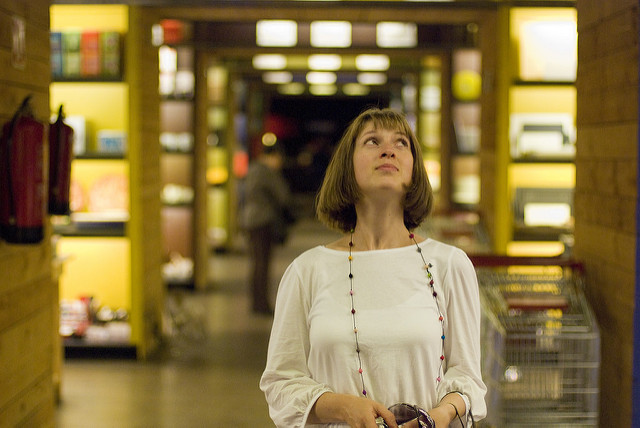 The woman who was shopping for a travel wallet asked the assistant if there was anything available in the sale.
The woman who was shopping for a travel wallet asked the assistant if there was anything available in the sale.
“Not in store, but you could try our website. There could be something there,” she said.
The customer explained that she was travelling tomorrow, and left the store disappointed and empty-handed, even though there were six different lines of travel wallet on the shelves. Meanwhile, the owner lost the sale all because the assistant forgot to be interested.
Being curious about who your customer is, why she’s here and what she wants to do next is the most underrated sales tactic in the world. When we show people that we’re interested and go out of our way to help them they often respond. I know this seems obvious, but we can all remember a time when we left a store or restaurant disappointed because the staff forgot to go beyond exactly what was laid out in the company training manual.
If we can’t give the customer the answer she’s hoping for then the next best thing is to acknowledge that we see her.
Image by Lee Martin.
No Success Without Fear
filed in Entrepreneurship, Strategy
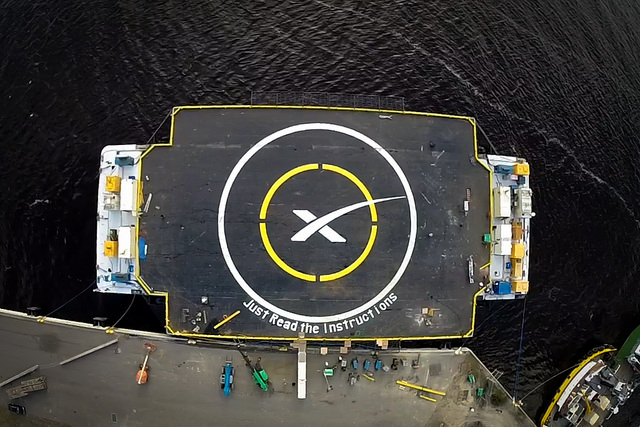 When Elon Musk unveiled his audacious vision to colonize Mars this week, commentators had as much to say about his hubris and lack or fear as they did about the plan itself. They remarked that Musk’s greatest strength is probably that he has never been afraid to fail. That’s just not true.
When Elon Musk unveiled his audacious vision to colonize Mars this week, commentators had as much to say about his hubris and lack or fear as they did about the plan itself. They remarked that Musk’s greatest strength is probably that he has never been afraid to fail. That’s just not true.
Of course he has. If he weren’t afraid of failure, he wouldn’t be invested in success. You can’t simultaneously care about something and then shrug your shoulders in the face of failure.
Fear and success go hand-in-hand.
The difference between Musk and many of us is what he fears more than failing, is not giving it his best shot. Our fear of failure has never been more real than it is today, in a world where we have more power than ever to determine our path in work and life. It’s scary as an entrepreneur to be the one creating the ideas, launching the business or leading the team without someone higher up the food chain to blame if it goes wrong. It’s also thrilling to know you are responsible when it works.
When you look back at anything you’ve achieved (however small), you realise that your success was always preceded by fear. And it will be again. You might not be on a mission to Mars, but your mission feels just as important and scary to you as Elon Musk’s feels to him. The fear is a sign that you care, and that you’re doing meaningful work. Don’t let it hold you back.
Image by SpaceX.
Clever Vs. Consistent
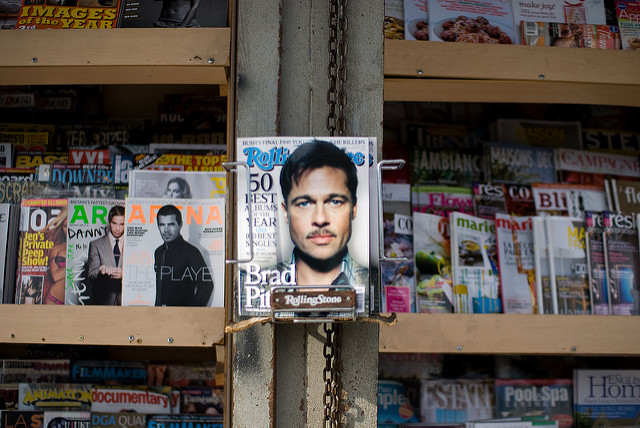 The advert for cheap flights to L.A. simply read:
The advert for cheap flights to L.A. simply read:
Los Angeles. From/one way, incl taxes.
£169*
It was clever of the marketing department to pick up on the news that’s top of mind and there’s no doubt the ad got plenty of attention in the moment. Maybe the airline even sold some extra flights.
It’s tempting to be the kind of marketer who seeks fleeting attention to boost short-term outcomes or the kind of leader who rewards it. It’s much harder to be the one who consistently delivers value by making and keeping promises to customers you care about, not just on the days when there’s a juicy headline to ride the coattails of.
Image by Tsega Dinka
Surviving Peak Utility
filed in Strategy
 When I was a child our family doctor operated a first come, first served, clinic without an appointment system. Some patients arrived three hours before the clinic was due to start to make sure they’d be seen first and a two-hour wait to see the doctor was not uncommon.
When I was a child our family doctor operated a first come, first served, clinic without an appointment system. Some patients arrived three hours before the clinic was due to start to make sure they’d be seen first and a two-hour wait to see the doctor was not uncommon.
“Evening folks.” Dr. Mac said, as he walked through the waiting room to his office, where he would smoke a quick cigarette before seeing the first patient. True story! In those days the family doctor was akin to a god and people accepted the wait and inconvenience without complaint.
Dr. Mac lived and worked in a world with fewer doctors and no prescribing pharmacists, nurse practitioners or alternative medicine, so his services (no matter how average) were highly valued.
Today, in the Western world where patients have endless treatment choices and are better informed about their health, things look very different for family doctors. Patients are no longer happy to wait an hour for a brief consultation with the doctor when they can get more convenient access and treatment, or a much better experience elsewhere. What was once viewed as an invaluable professional service is now almost seen as a standard utility. The reality is that people don’t just want to the doctor to make them better. They want to feel better. And they are choosing alternatives (sometimes more expensive ones) that deliver that feeling.
The same story is playing out across every industry from transport to travel, health to hospitality. Monopolies are being eroded as alternative services that provide better experiences and give people what they want, when and how they want it are thriving.
Dr. Mac would not survive today, not because minor illnesses or their treatment have changed all that much in forty years, but because people’s expectations about what’s worth seeking out, waiting and paying for have changed beyond all recognition. We have reached ‘peak utility’—we are living at a time when average products and standard services are becoming less valuable by the day. Our customer’s and user’s expectations have shifted and if we want our businesses to survive and thrive we have no alternative but to move with them.
Image by Jason Parks.